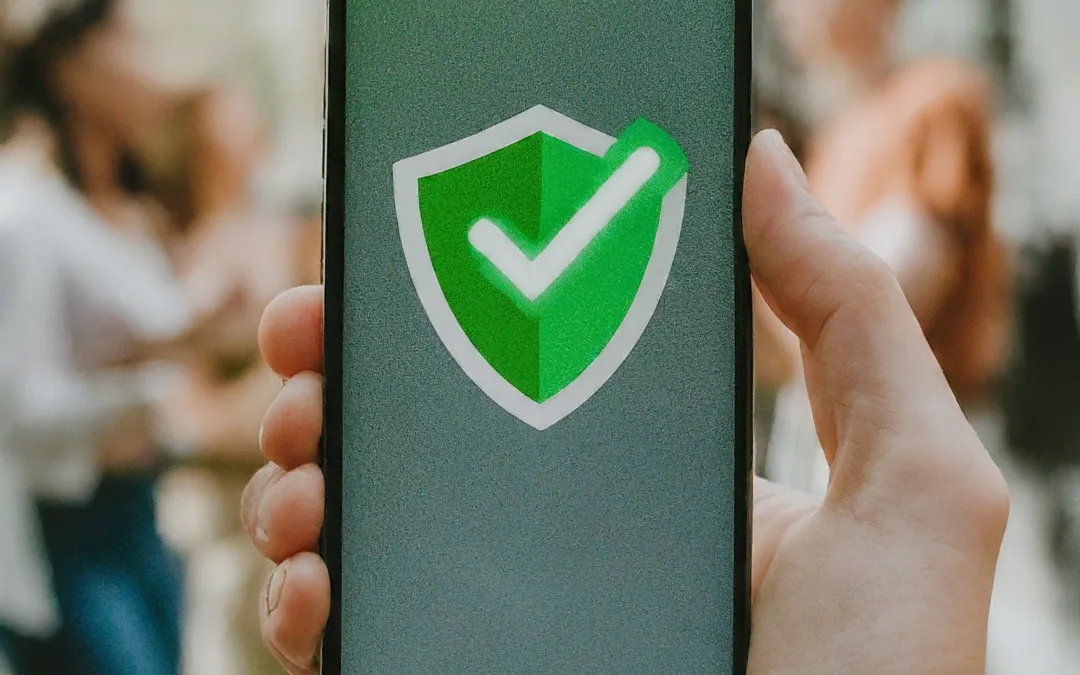User trust is foundational for the success of any technology. Ensuring robust security measures in WebAR development not only protects users but also fosters trust, encouraging broader adoption of AR experiences. WebAR applications may involve real-time communication between users and servers. Securing these communication channels is crucial to prevent eavesdropping, man-in-the-middle attacks, or data interception. As Augmented Reality (AR) continues to gain prominence, particularly through WebAR, it brings a host of innovative experiences and opportunities. However, amidst the excitement, it is crucial to address the paramount importance of security considerations, particularly in the realm of user privacy. In this comprehensive blog post, we will delve into the intricate aspects of security in WebAR development, exploring potential risks, best practices, and the imperative need to safeguard user privacy.
Understanding WebAR Security
Before we delve into the specifics, it’s essential to grasp the unique security landscape that WebAR presents. WebAR leverages augmented reality experiences directly through web browsers, eliminating the need for users to download dedicated applications. While this accessibility is a key advantage, it also poses distinct security challenges that developers must navigate.
The Risks: Unveiling the Potential Threats
1. Data Privacy Concerns: WebAR often involves the collection and processing of user data, including location information and potentially sensitive personal details. Unauthorized access to this data can have severe privacy implications.
2. Security of User Devices: WebAR relies on the devices’ capabilities, such as cameras and sensors. Malicious actors could exploit these functionalities, posing risks ranging from unauthorized access to device data to potential security breaches.
3. Real-time Communication Vulnerabilities: AR applications may involve real-time communication between users and servers. Securing these communication channels is crucial to prevent eavesdropping, man-in-the-middle attacks, or data interception.
The Importance of Protecting User Privacy
For the modern consumer, WebAR offers a plethora of benefits:
Trust and User Adoption:User trust is foundational for the success of any technology. Ensuring robust security measures in Web AR development not only protects users but also fosters trust, encouraging broader adoption of AR experiences.
Legal and Regulatory Compliance: The legal landscape concerning data privacy is evolving globally. Adhering to regulations such as GDPR is not just good practice but a legal obligation for developers handling user data.
Mitigating Reputational Risks: Security breaches can result in severe reputational damage for developers and organizations. A commitment to user privacy safeguards against potential PR crises and maintains a positive brand image.
Best Practices for WebAR Security
Now that we’ve identified the risks and emphasized the importance of user privacy, let’s delve into the best practices for securing Web AR development.
1. Secure Data Transmission: Utilize secure communication protocols such as HTTPS to encrypt data transmitted between users and servers. This protects against eavesdropping and ensures the confidentiality of user data.
2. Authentication and Authorization: Implement robust authentication mechanisms to verify the identity of users and devices. Additionally, define clear authorization protocols to control access to AR content and features based on user roles and permissions.
3. Data Minimization: Adopt a principle of data minimization, collecting only the necessary information for the AR experience. Limiting the data footprint reduces the potential impact of a security breach.
4. User Consent Mechanisms: Prioritize user consent by implementing clear and transparent mechanisms for users to understand and control the data collected. This empowers users to make informed decisions about their privacy.
5. Regular Security Audits: Conduct regular security audits to identify and address vulnerabilities in the Web AR application. This proactive approach helps in staying ahead of potential threats and ensuring ongoing security.
Case Studies: Real-world Examples of Web AR Security
1. IKEA Place App: Balancing Interactivity and Privacy
IKEA Place, an AR app allowing users to visualize furniture in their homes, exemplifies the importance of balancing interactivity with privacy. By implementing secure data transmission and ensuring minimal data collection, IKEA Place prioritizes user trust.
2.Pokémon GO: Learning from Early Security Lapses
Pokémon GO, while immensely successful, faced security challenges early on. Incidents of unauthorized user access to Google accounts raised concerns. Niantic, the developer, responded promptly by addressing security flaws and improving user authentication.
The Future Landscape: Emerging Technologies and Security
As WebAR continues to evolve, several emerging technologies and trends will shape the security landscape:
1. Blockchain for Enhanced Security
Integrating blockchain technology can enhance the security of user data by providing a decentralized and tamper-resistant ledger. This approach can ensure the integrity and transparency of data transactions.
2. Edge Computing for Reduced Latency and Enhanced Privacy
Edge computing, by processing data closer to the source, reduces latency in Web AR experiences. This not only improves performance but also contributes to enhanced privacy by minimizing the exposure of sensitive data to central servers.
Conclusion: Safeguarding the Augmented Future
In conclusion, the revolutionary potential of Web AR must be met with an unwavering commitment to security and user privacy. Developers and organizations venturing into the realm of Web AR must prioritize the implementation of robust security measures, from secure data transmission to transparent user consent mechanisms.
As technology advances and user expectations evolve, the fusion of Web AR with enhanced security practices will pave the way for a future where immersive experiences coexist with privacy and trust. By understanding the risks, adopting best practices, and staying vigilant against emerging threats, the Web AR landscape can flourish securely, providing users with transformative experiences without compromising their privacy. The future of augmented reality is exciting, and it is our collective responsibility to ensure it remains secure and respectful of user privacy.
